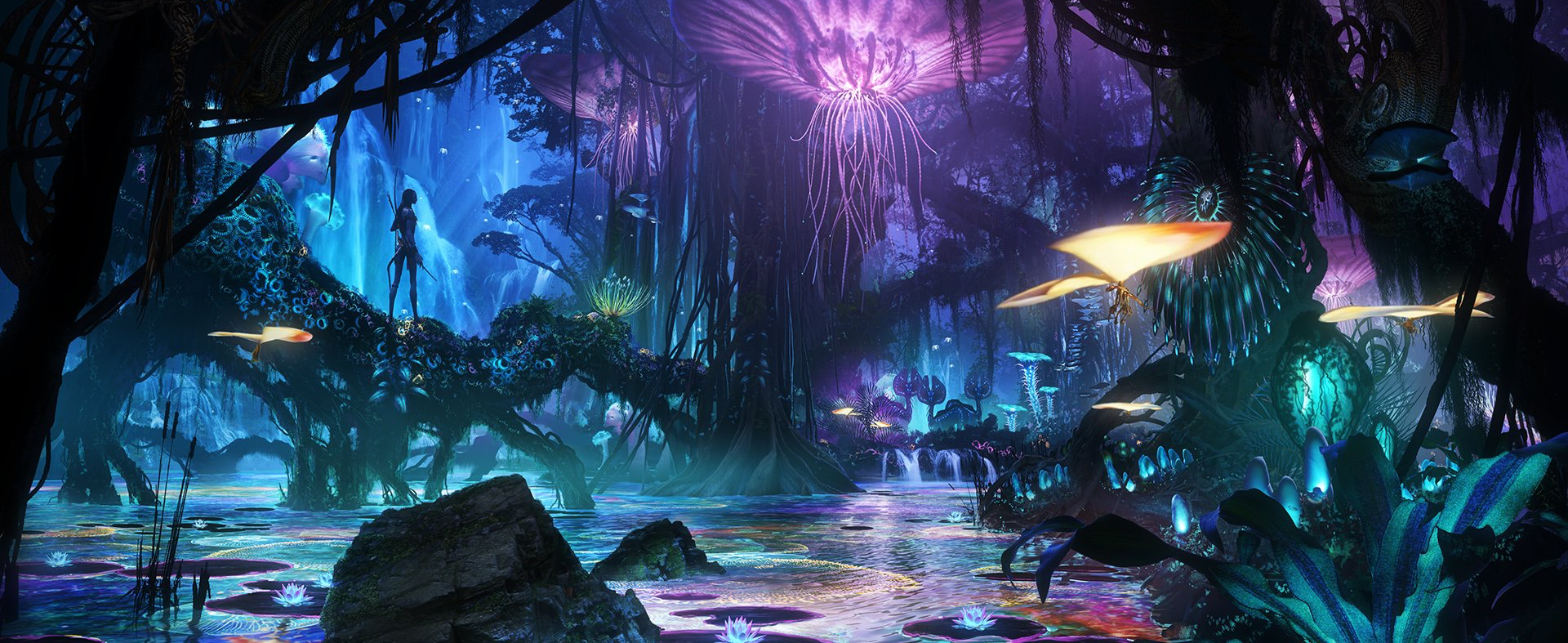Chinese Scientists Are Bringing the World of Avatar to Life

In James Cameron’s “Avatar,” the bioluminescent plants of Pandora captivate viewers with their ethereal glow, painting the planet’s landscapes in a mystical light. These self-illuminating flora provide natural lighting in the dark, dense forests of the planet, aiding navigation and enhancing the surreal and alien beauty of the environment.


What if such self-illuminating plants become a reality, bringing a touch of Pandora’s enchantment to our own environment?
Not long ago, Magic Pen Bio, a Chinese biotech startup, has just pulled off this feat. Researchers at this Hefei-based company have successfully created plants that emit a bright, visible glow at night. This development could potentially revolutionize nighttime lighting in urban environments.
Dr. Li Renhan, lead researcher on the project, explained that the team used gene editing technology to introduce luminescent genes from fireflies and bioluminescent mushrooms into plant cells. Gene editing is a technique that allows scientists to modify an organism’s DNA, in this case, giving plants the ability to produce light.
“After 532 rounds of technological iterations, we overcame multiple technical challenges,” Dr. Li stated. “The most difficult part was achieving a visible glow in plants.”


The team’s breakthrough came from successfully expressing foreign genes in plant cells at high levels. Gene expression refers to the process by which information from a gene is used to create a functional product, such as a protein. In this case, the proteins produced are those responsible for light emission.
Dr. Li elaborated on the process: “We optimized enzymes in the reaction process, improved enzyme efficiency, combined multiple genes, and altered some of the plants’ own restrictive genes.”
What sets Magic Pen’s luminous plants apart is their brightness. Unlike similar products from the West that require long camera exposures to capture the glow, these plants emit light visible to the naked eye in dark environments.
The company has already succeeded in creating high-brightness, self-luminous sunflowers and is now working on other flower varieties, including roses and lilies.
The potential applications for this technology are vast. Dr. Li envisions these glowing plants being used in home decor, as children’s night lights, and even in public parks and along city streets. “We hope to develop scenes similar to those in the movie ‘Avatar,’ where entire parks present a dreamy luminescent spectacle,” he said.
This innovative approach to lighting could offer a more sustainable and visually appealing alternative to traditional electric lights, potentially changing the nighttime landscape of future cities. As research continues, we may soon see a variety of glowing plants illuminating our world in a whole new way.
Editor: Zhongxiaowen



